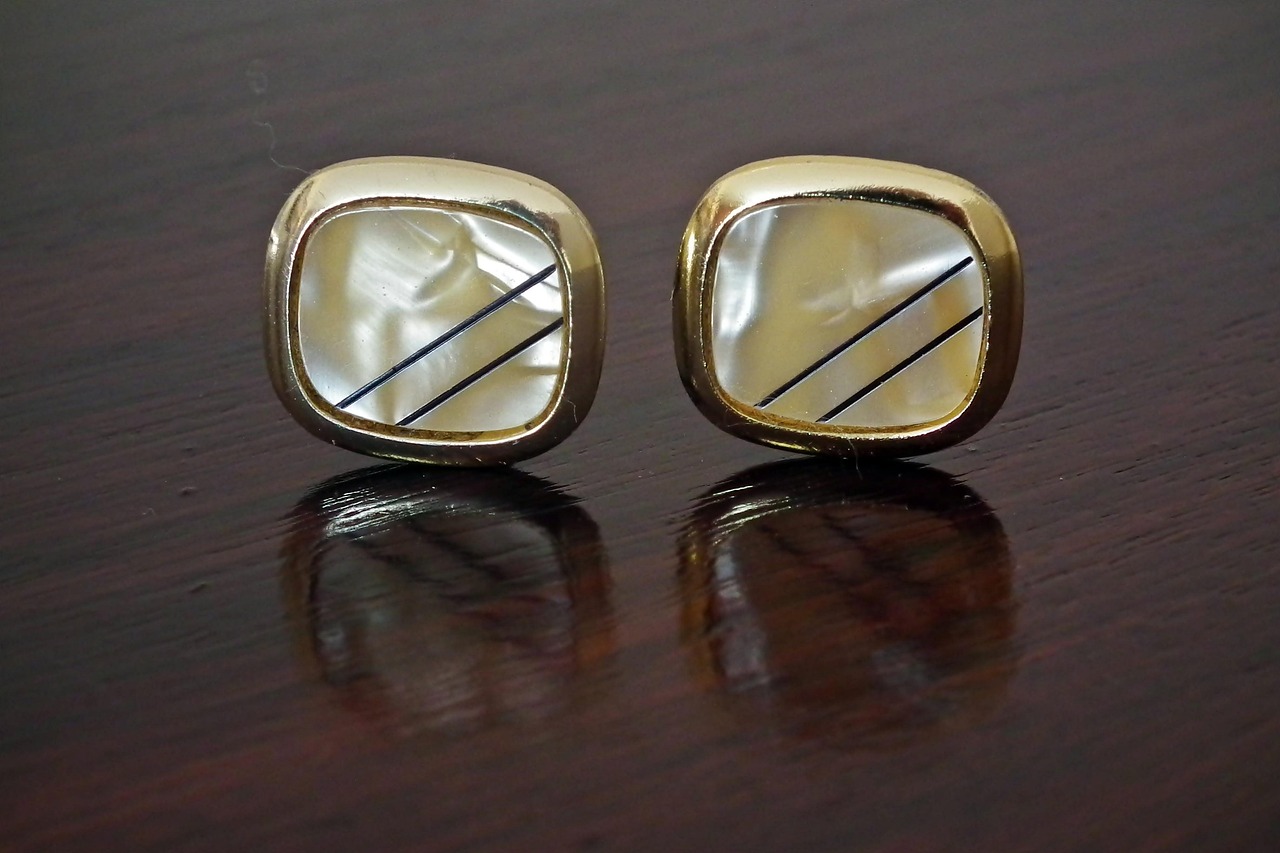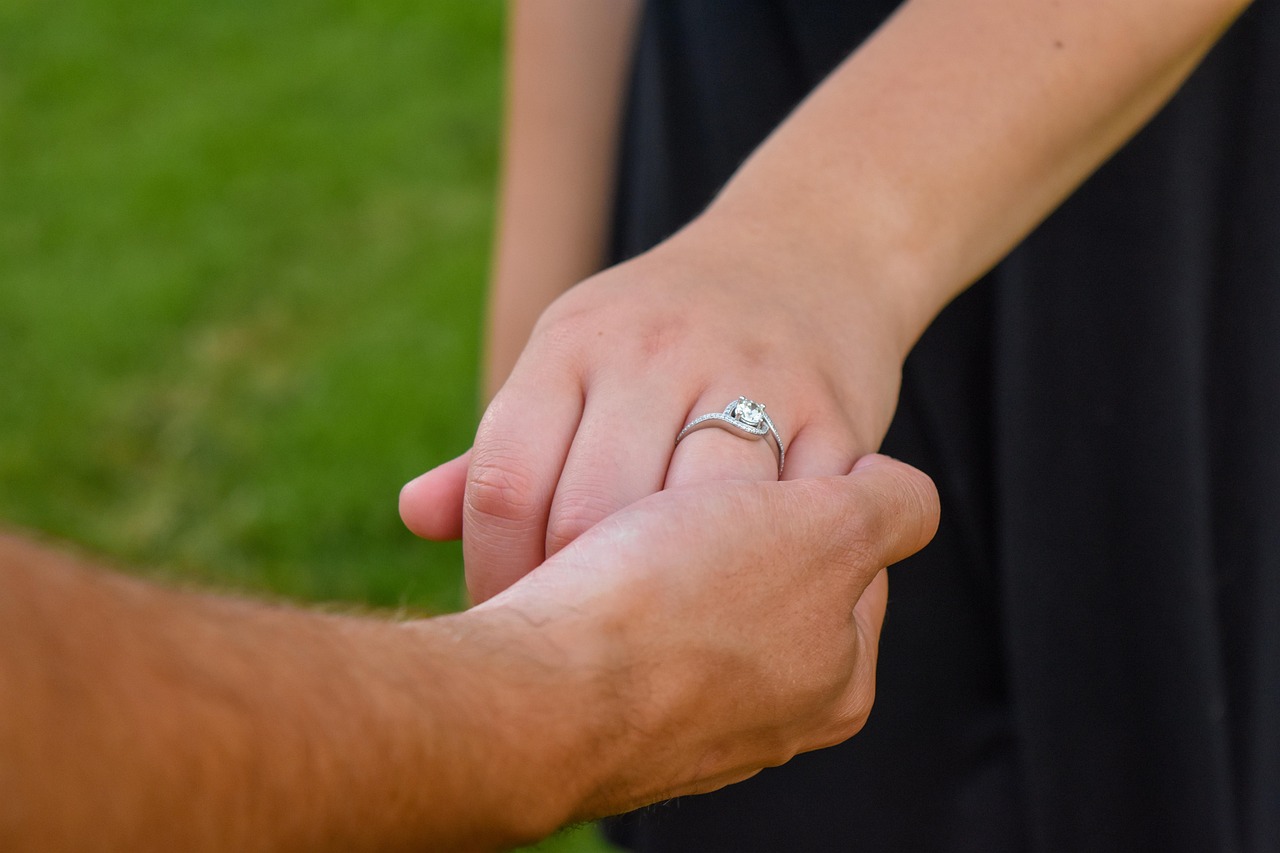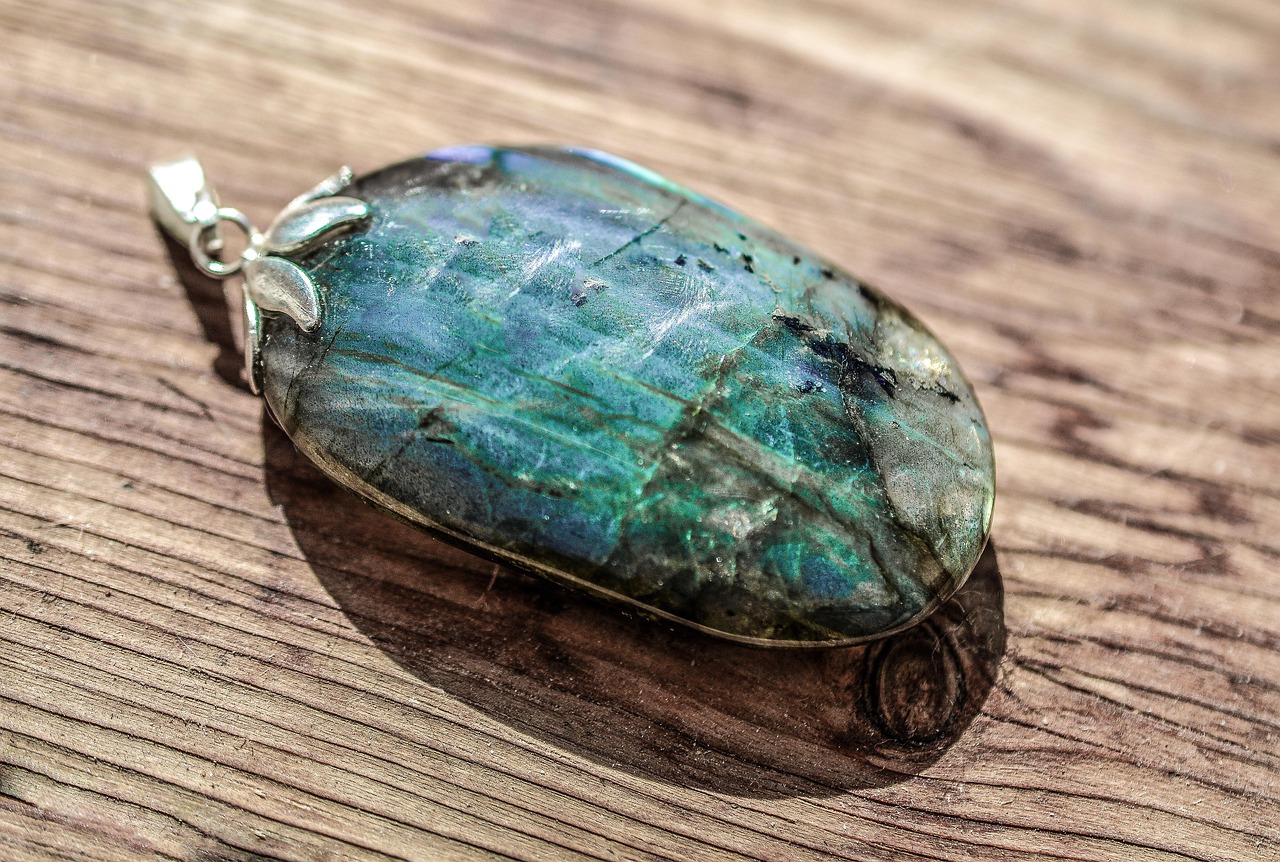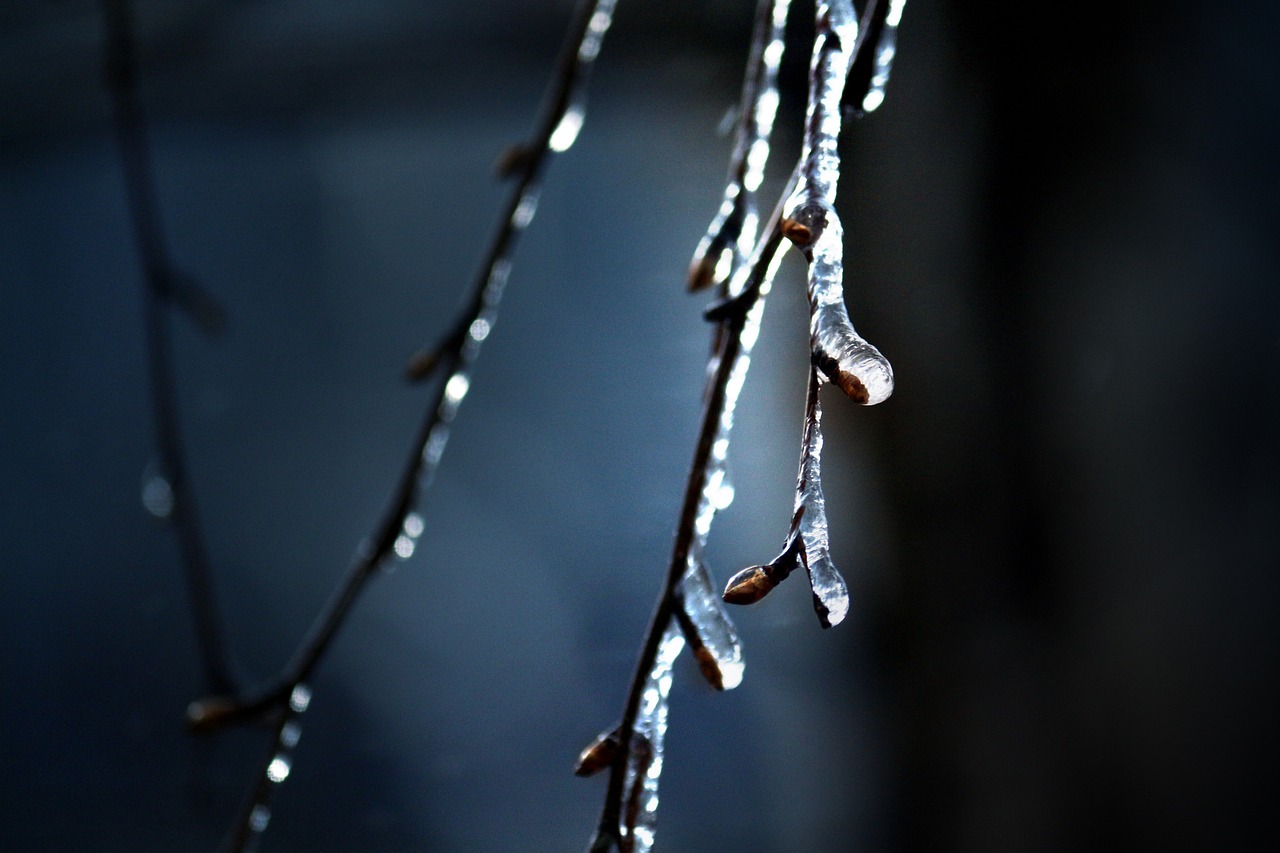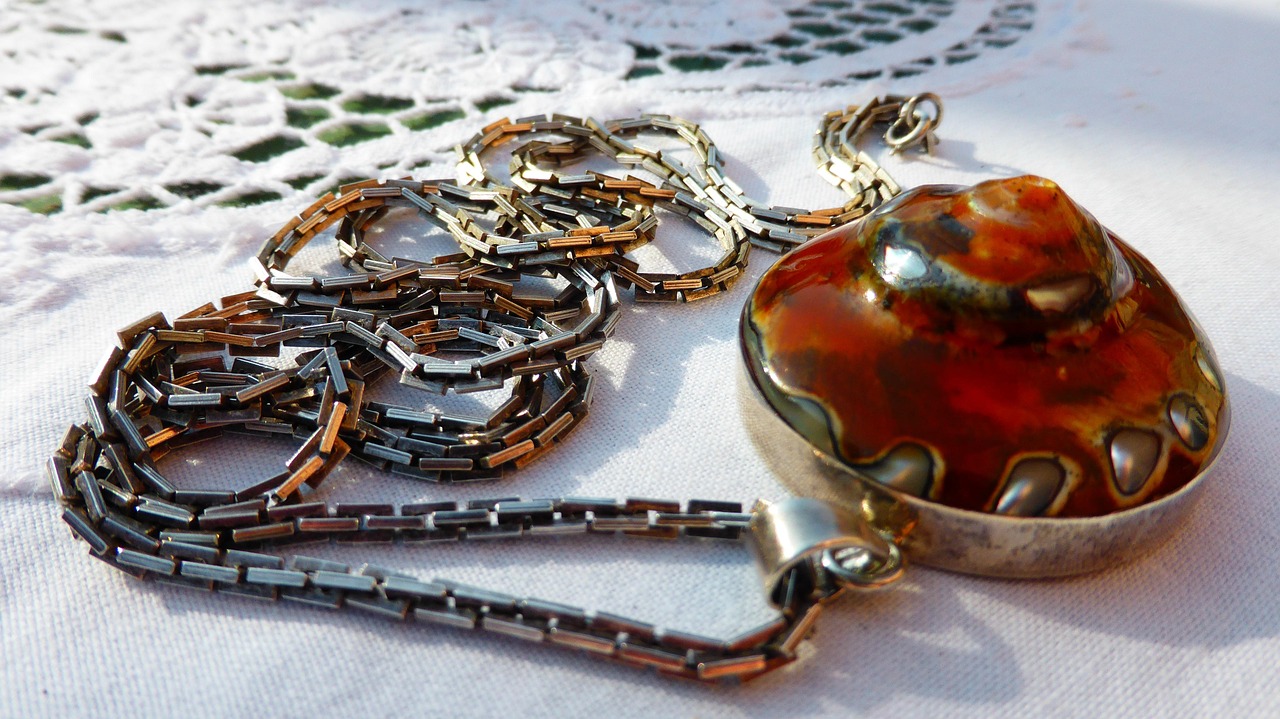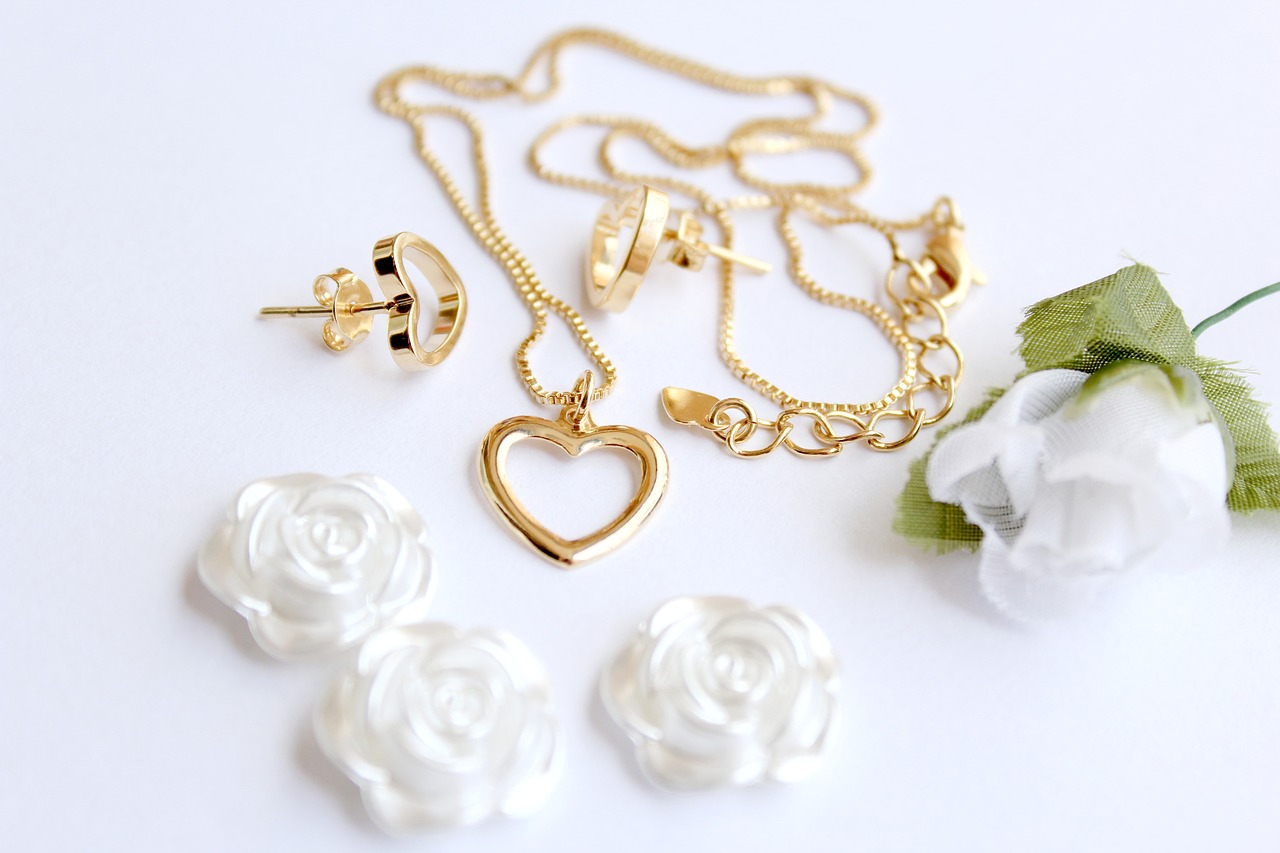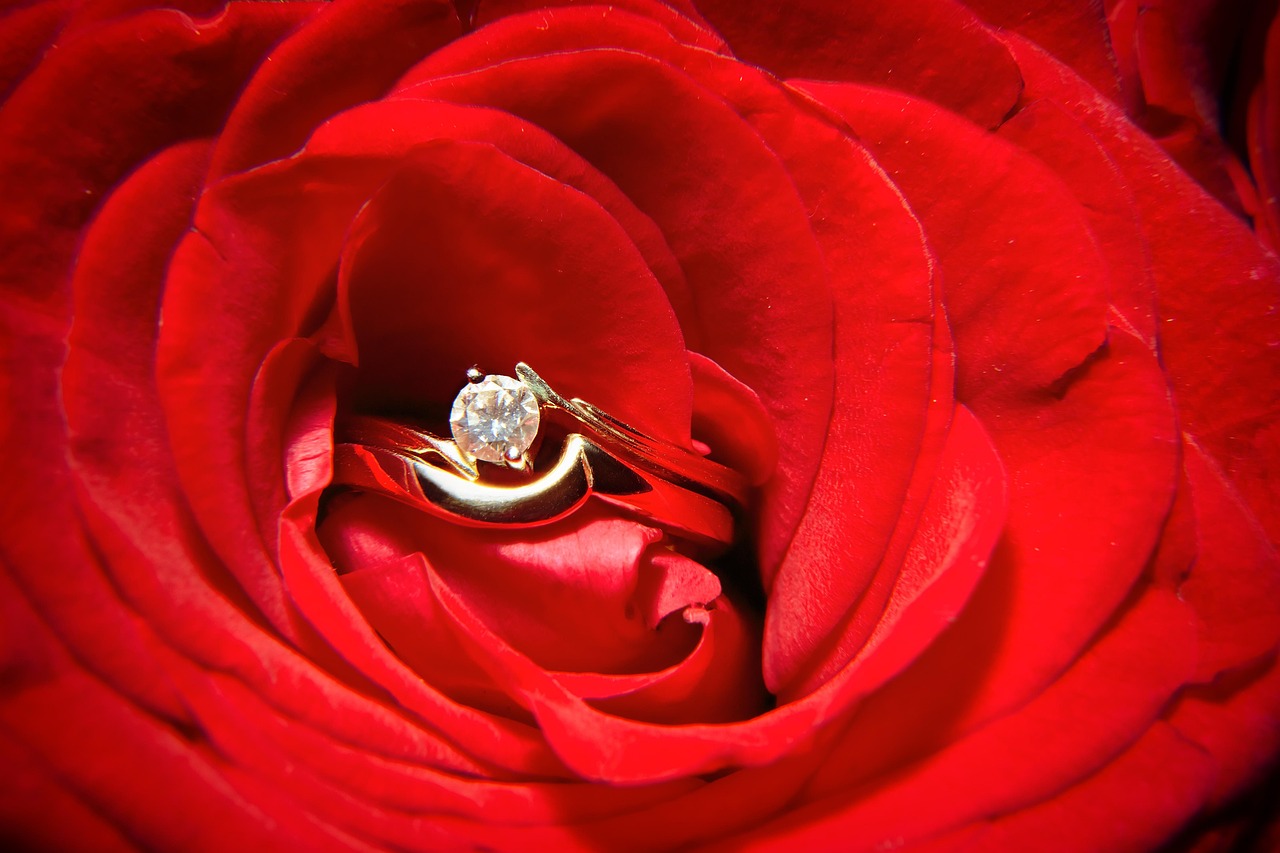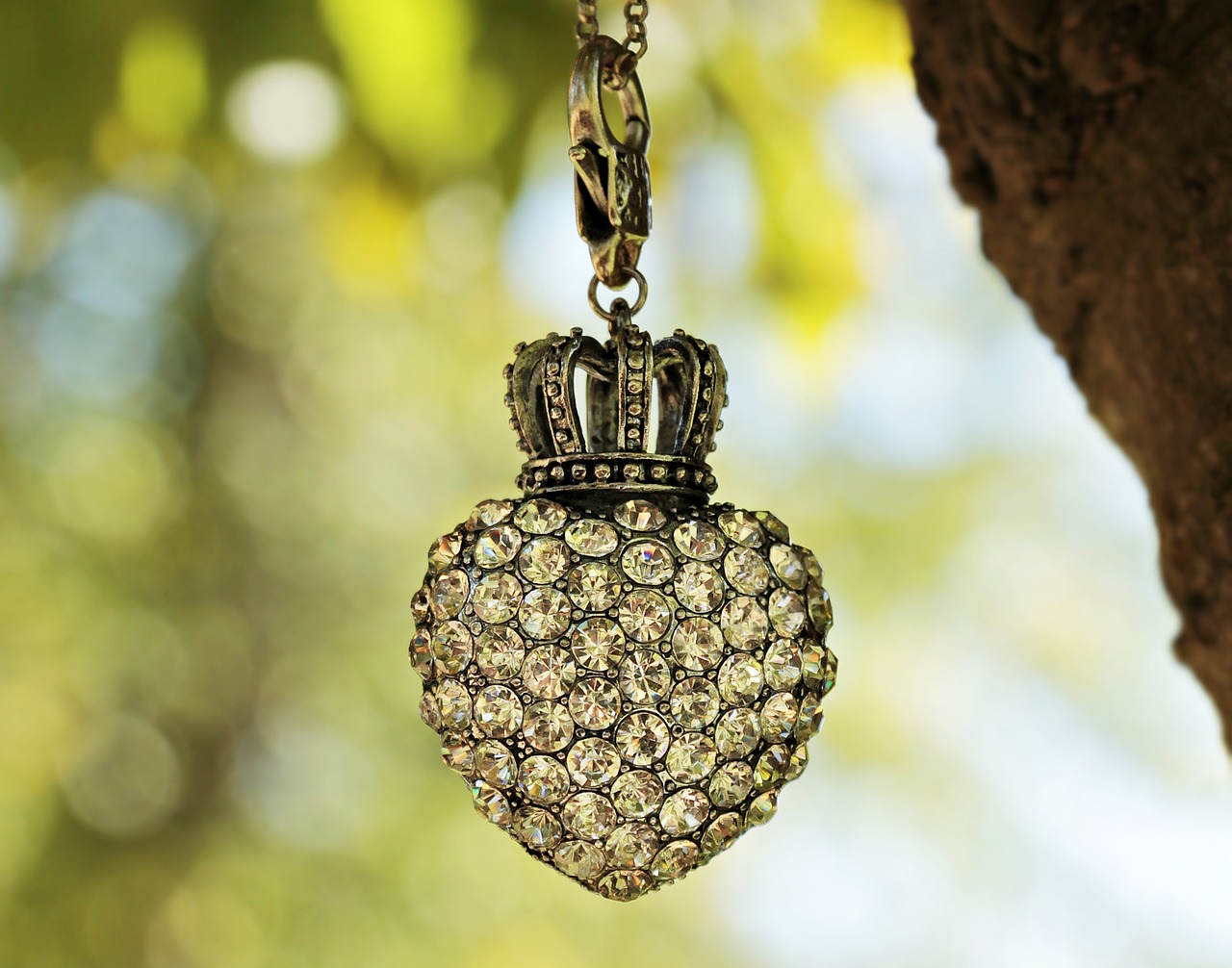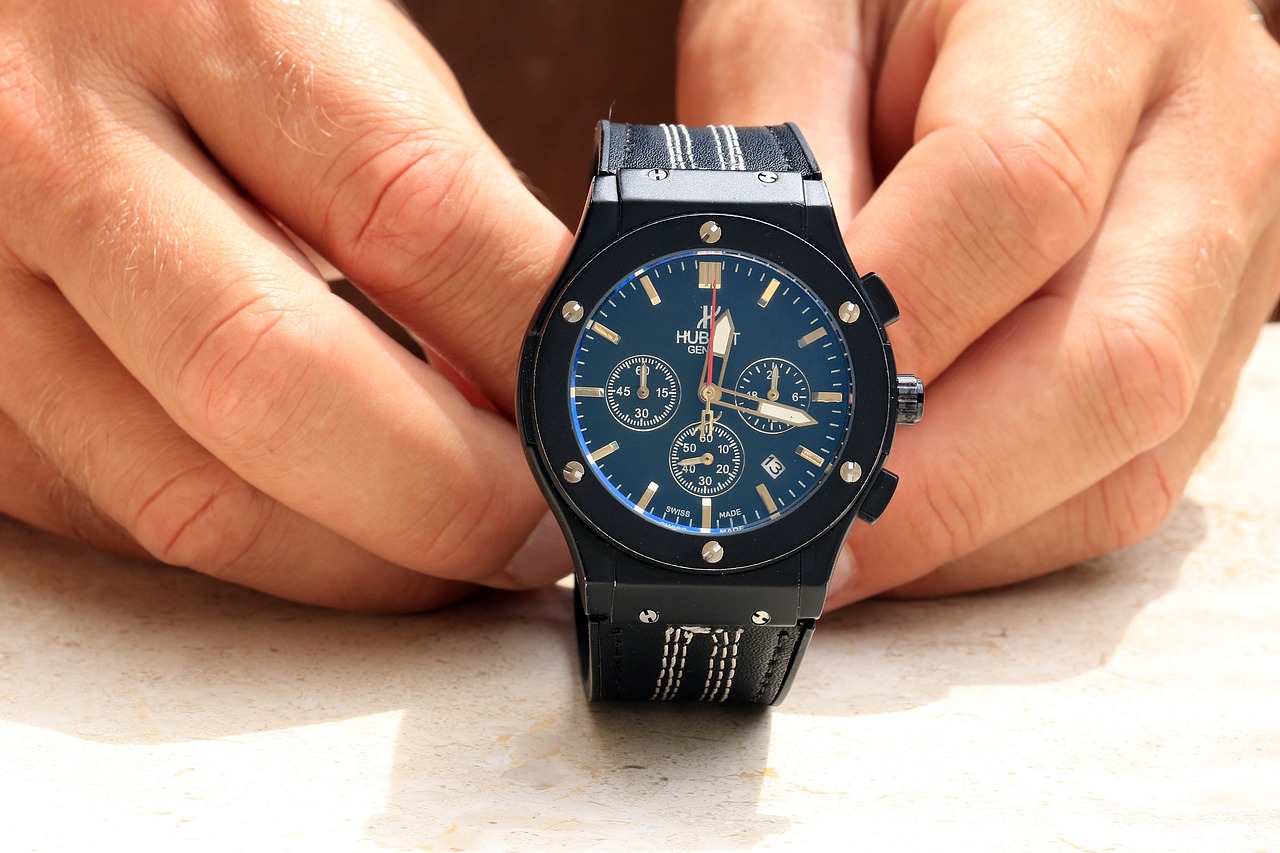Choosing the perfect engagement ring is a significant decision that combines emotion with practicality. This step-by-step guide is designed to assist you in navigating the various factors involved in selecting an engagement ring that not only fits your partner’s style but also aligns with your budget and ethical considerations.
Understanding your budget is crucial when selecting an engagement ring. On average, engagement rings can range from a few hundred to several thousand dollars. A good rule of thumb is to allocate two to three months’ salary for this purchase, but it’s essential to set a realistic budget that suits your financial situation. Consider all associated costs, including insurance and maintenance, to avoid any surprises down the line.
Finding the perfect ring size is essential for comfort and wearability. To measure accurately, you can either use a ring sizer or measure the circumference of your partner’s finger using a piece of string. Additionally, you can borrow a ring they already wear on the correct finger and have it measured by a jeweler. This attention to detail will ensure a perfect fit when the time comes for the proposal.
Engagement ring styles can vary greatly, and identifying the right aesthetic for your partner is crucial. Popular styles today include:
- Solitaire Rings: Featuring a single diamond, these rings emphasize simplicity and elegance.
- Halo Engagement Rings: These encircle the center stone with smaller diamonds, enhancing the overall appearance.
- Three-Stone Rings: Representing the past, present, and future, these rings are rich in symbolism.
The metal of the ring band influences both appearance and durability. Common choices include:
| Metal | Pros | Cons |
|---|---|---|
| Platinum | Durable, hypoallergenic | More expensive |
| White Gold | Classic look, affordable | Needs rhodium plating |
| Yellow Gold | Timeless appeal | Soft, may scratch easily |
Understanding the Four Cs—cut, color, clarity, and carat weight—is vital for selecting a diamond. Each of these factors plays a crucial role in the overall quality and appearance of the stone. For example, the cut of a diamond affects its brilliance and sparkle, while color grading can significantly influence its value.
Increasingly, buyers are concerned about the ethical implications of their purchases. Opting for conflict-free diamonds or alternative gemstones can help ensure that your purchase supports responsible mining practices. Many jewelers now offer ethical options, which can provide peace of mind along with beauty.
Personalization adds sentimental value to an engagement ring. Consider options such as engraving a special date or message, choosing a unique gemstone that reflects your partner’s personality, or designing a custom ring that captures their style. These thoughtful touches can make the ring truly one-of-a-kind.
Once you’ve selected the ideal engagement ring, there are important steps to take. Ensure that you have the ring properly insured and learn how to maintain its sparkle. When preparing for the proposal, think about the setting and moment that will make the occasion unforgettable.
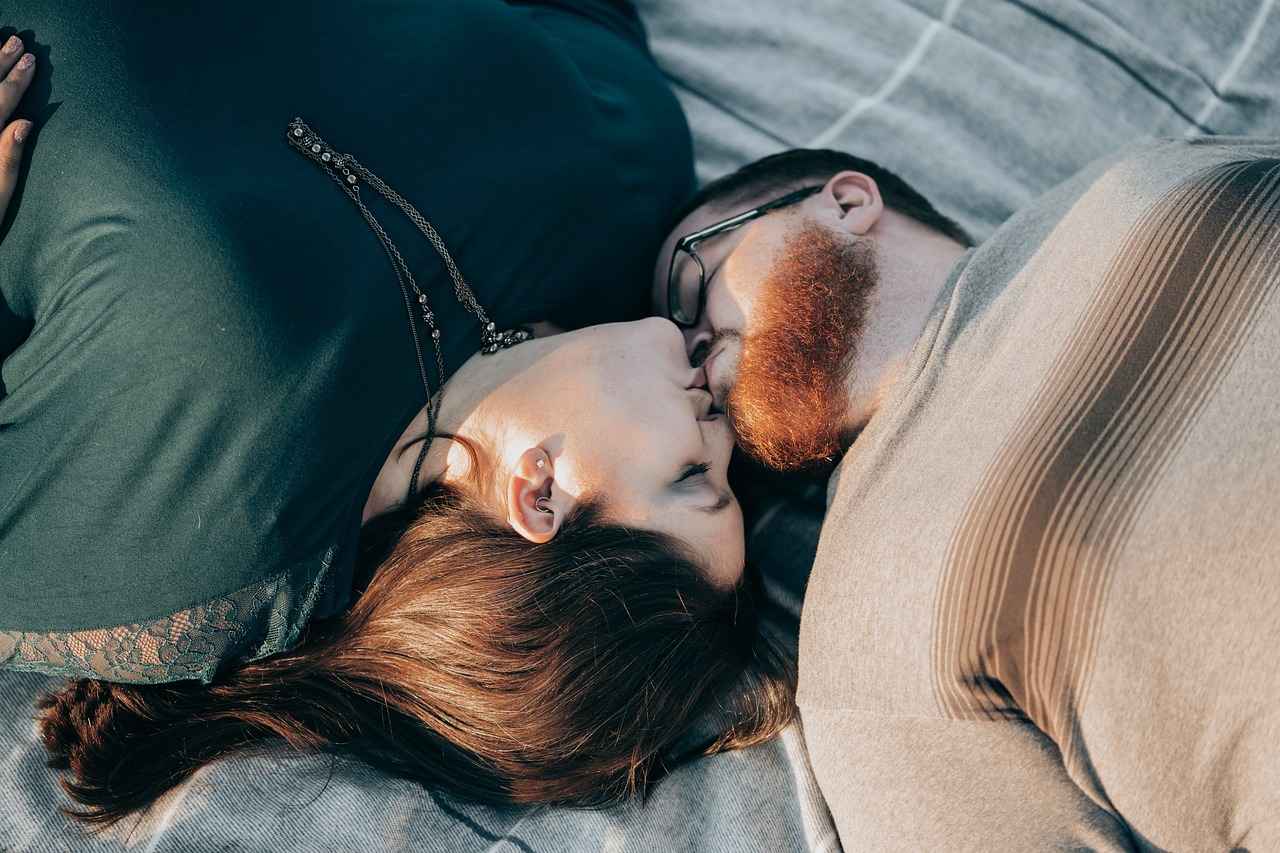
What is Your Budget for an Engagement Ring?
When it comes to choosing an engagement ring, one of the most significant factors to consider is your budget. Understanding your financial limits not only helps you narrow down your options but also ensures that you make a purchase that is both meaningful and sustainable for your future. This section delves into the average costs associated with engagement rings and provides practical tips for establishing a realistic budget tailored to your financial situation.
On average, couples often spend between $3,000 and $5,000 on an engagement ring. However, this figure can vary greatly depending on personal preferences, the type of metal chosen, and the quality of the diamond. For instance, a simple solitaire ring may cost less than a more intricate halo setting. It’s essential to keep in mind that the price of the ring should reflect your financial capacity rather than societal expectations.
To set a budget that works for you, consider the following tips:
- Assess Your Financial Health: Before setting a budget, take a close look at your savings, monthly expenses, and any debts you may have. This will give you a clearer picture of what you can afford without compromising your financial stability.
- Determine Priorities: Think about what aspects of the ring are most important to you. Is it the size of the diamond, the quality of the metal, or the overall design? Identifying your priorities can help you allocate your budget more effectively.
- Consider Alternative Options: If traditional diamonds are outside your budget, consider alternative gemstones or lab-created diamonds, which can be more affordable yet still stunning. These options allow you to stay within your budget while still choosing a beautiful ring.
- Plan for Additional Costs: Remember that the cost of the ring is just one part of the equation. You should also budget for insurance, maintenance, and potential resizing in the future.
It’s also wise to shop around and compare prices from different jewelers. Many stores offer financing options or payment plans, which can help you manage the cost over time. Additionally, don’t hesitate to ask about discounts or special promotions that may be available.
Ultimately, setting a realistic budget for an engagement ring is about finding a balance between your desires and your financial reality. By taking the time to assess your options and make informed choices, you can find a ring that symbolizes your love without causing financial strain.
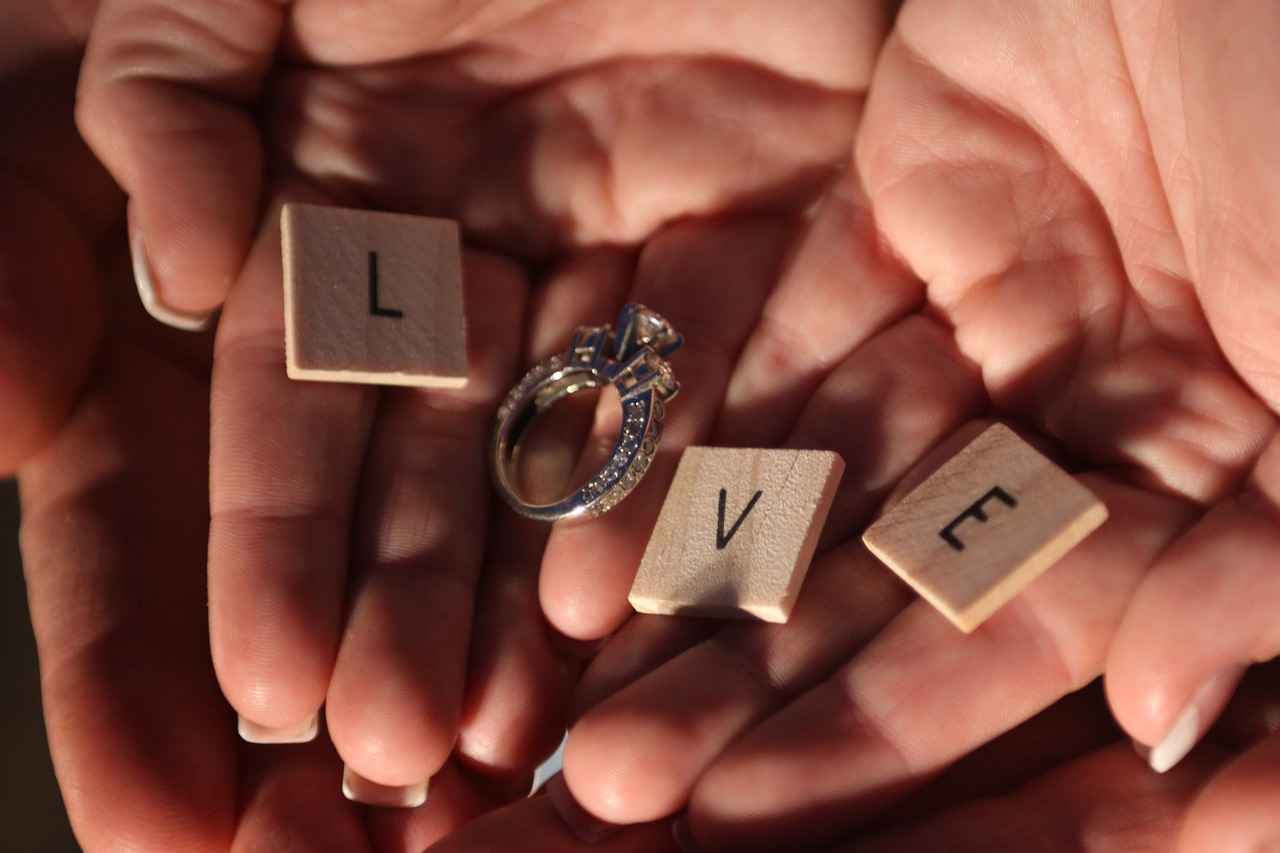
How to Determine the Right Ring Size?
Choosing the right ring size is a crucial step in the engagement ring selection process. A ring that fits well not only enhances comfort but also ensures that the ring can be worn daily without any hassle. In this section, we will explore various methods to accurately measure ring size, providing you with the knowledge needed to find the perfect fit for your partner.
Finding the perfect ring size is essential for several reasons:
- Comfort: A ring that is too tight can cause discomfort, while a loose ring may slip off and get lost.
- Wearability: The right size ensures that the ring can be worn for various occasions without any issues.
- Longevity: Proper sizing can help avoid damage to the ring, especially if it features delicate designs or settings.
There are several effective methods to determine the correct ring size. Here are some popular techniques:
- Use a Ring Sizer: A ring sizer is a tool that allows you to measure the diameter of a ring accurately. You can purchase one online or at a jewelry store. Simply slide the ring sizer onto your finger until it fits comfortably.
- String or Paper Method: If you don’t have a ring sizer, you can use a piece of string or paper. Wrap it around the base of the finger and mark where it overlaps. Measure the length of the string or paper with a ruler to find the circumference. Use a ring size chart to convert this measurement into a ring size.
- Visit a Jeweler: For the most accurate measurement, consider visiting a professional jeweler. They have the expertise and tools to measure your partner’s ring size precisely.
It’s important to note that finger sizes can change due to various factors such as temperature, time of day, and even diet. Here are some tips to keep in mind:
- Time of Day: Fingers tend to swell in the afternoon and evening. It’s best to measure in the morning when your fingers are likely to be smaller.
- Temperature: Cold weather can cause fingers to shrink, while heat can lead to swelling. Make sure to consider the weather when measuring.
- Diet: Salt intake and hydration levels can also affect finger size. Avoid measuring after a salty meal or when dehydrated.
If you’re uncertain about your partner’s size, here are a few discreet methods to gather information:
- Ask a Friend or Family Member: Sometimes, a close friend or family member may know your partner’s ring size.
- Borrow a Ring: If your partner wears rings, you can borrow one that fits well and take it to a jeweler for sizing.
- Use a Ring Size Chart: If you have a ring that fits your partner comfortably, you can measure its diameter and compare it with a ring size chart available online.
By employing these methods, you can ensure that the engagement ring you choose will fit perfectly, symbolizing your love and commitment. A well-fitted ring not only enhances the beauty of the piece but also reflects the thoughtfulness you put into selecting it.
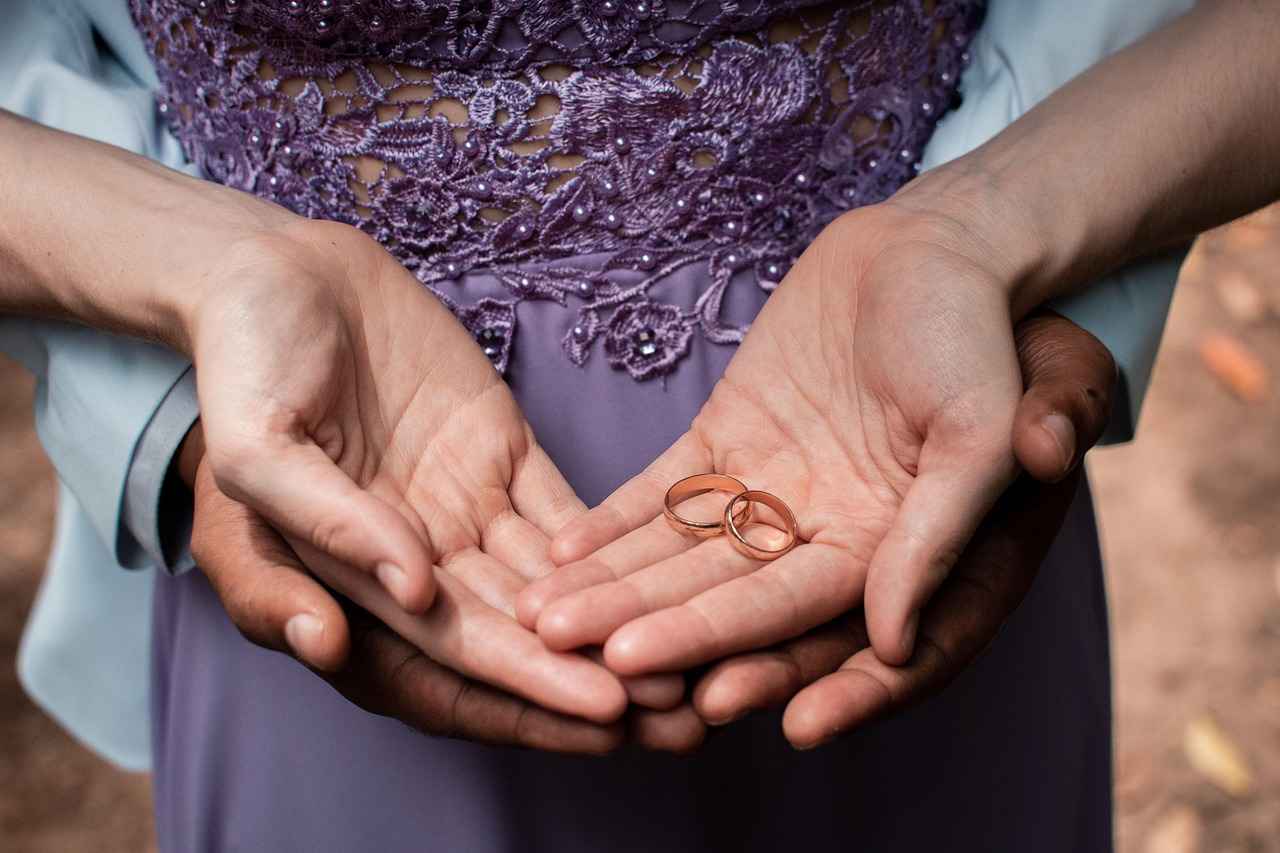
Which Ring Styles Are Popular Today?
Choosing the perfect engagement ring is a significant decision that reflects your partner’s style and personality. With a myriad of options available, it can be overwhelming to find the right one. Engagement ring styles can vary greatly, and understanding the current trends can help you make an informed choice. In this section, we will explore some of the most popular engagement ring styles today, from the timeless classic to the contemporary designs that are captivating hearts.
When it comes to engagement rings, there are several styles that have gained immense popularity in recent years. Here’s a closer look at some of these trending styles:
- Classic Solitaire Rings: These rings feature a single diamond or gemstone, showcasing simplicity and elegance. Their timeless appeal makes them suitable for various tastes, from minimalistic to traditional.
- Halo Engagement Rings: Halo rings are designed with a center stone encircled by smaller diamonds, creating a stunning visual effect. This style not only enhances the overall appearance of the ring but also adds a touch of glamour.
- Three-Stone Rings: Symbolizing the past, present, and future, three-stone rings are gaining traction. They typically feature a larger center stone flanked by two smaller stones, making a bold statement.
- Vintage-Inspired Rings: Vintage rings draw inspiration from past eras, often featuring intricate details and unique designs. These rings are perfect for those who appreciate history and craftsmanship.
- Modern Settings: For those who favor a contemporary look, modern settings such as tension or bezel settings are becoming increasingly popular. These designs offer a sleek and innovative approach to engagement rings.
Each of these styles has its unique charm and can cater to different preferences. When selecting an engagement ring, consider your partner’s personal style and lifestyle. For instance, if they prefer a classic look, a solitaire or three-stone ring might be ideal. On the other hand, if they lean towards modern aesthetics, a halo or a unique setting could be the perfect choice.
Additionally, it’s essential to consider the metal type for the band, as it can significantly influence the overall look of the ring. Options like platinum, white gold, and yellow gold each offer distinct advantages and can complement various styles.
Ultimately, the perfect engagement ring should resonate with your partner’s personality and style. By understanding the current trends and the significance behind each design, you can confidently choose a ring that symbolizes your love and commitment.
What Are Solitaire Rings?
When it comes to choosing an engagement ring, solitaire rings stand out as a classic choice that embodies both simplicity and elegance. These rings feature a single diamond or gemstone, allowing the beauty of the stone to take center stage. Their timeless appeal makes them a favored option for many couples, regardless of their personal style or preferences.
One of the most compelling reasons to consider a solitaire ring is its versatility. Whether your partner prefers a traditional look or something more modern, a solitaire can be tailored to fit any aesthetic. The minimalist design allows for a variety of settings, from classic prong settings to more contemporary bezel styles, making it easy to find a ring that resonates with your partner’s unique taste.
In addition to their aesthetic appeal, solitaire rings also carry significant emotional weight. The symbolism of a single stone represents commitment and devotion, making it a meaningful choice for an engagement ring. Couples often appreciate the straightforwardness of a solitaire, as it conveys a deep connection without the distraction of additional embellishments.
Moreover, solitaire rings can complement a range of lifestyles. For those who lead an active life, a low-profile setting can ensure the stone stays secure while remaining unobtrusive. This practicality does not compromise the ring’s beauty; rather, it enhances its everyday wearability. Couples can confidently wear their engagement ring without fear of damage, knowing that it is both stunning and durable.
When selecting a solitaire ring, there are several factors to consider. The choice of stone is paramount; while diamonds are the most popular option, alternative gemstones such as sapphires or emeralds can add a unique touch. Each stone has its own significance and beauty, allowing couples to choose one that resonates with their personal story.
Another important aspect is the cut of the stone. A well-cut diamond or gemstone will exhibit exceptional brilliance and sparkle, drawing attention to its beauty. It’s essential to consider the Four Cs—cut, color, clarity, and carat weight—when selecting the perfect stone for a solitaire ring. Each of these factors contributes to the overall appearance and value of the ring.
Furthermore, the choice of metal for the band can greatly affect the ring’s overall look. Popular options include platinum, white gold, and yellow gold. Each metal has its own properties, with platinum being known for its durability and hypoallergenic qualities, while gold offers a classic warmth. Selecting the right metal can enhance the beauty of the solitaire and ensure it complements the stone perfectly.
In conclusion, solitaire rings are a timeless choice for engagement rings, appealing to a wide range of tastes and styles. Their elegant simplicity, combined with the emotional significance of a single stone, makes them a powerful symbol of love and commitment. Whether you opt for a classic diamond or a unique gemstone, a solitaire ring is sure to leave a lasting impression.
What Are Halo Engagement Rings?
When it comes to engagement rings, halo engagement rings have gained significant popularity due to their unique design and stunning visual appeal. These rings are characterized by a central stone, typically a diamond, surrounded by a halo of smaller diamonds or gemstones. This design not only enhances the overall beauty of the ring but also creates an illusion of a larger center stone, making it a favored choice among many couples.
The popularity of halo engagement rings can be attributed to several factors. First and foremost, their ability to amplify the brilliance of the center stone is unmatched. The surrounding smaller diamonds reflect light and create a sparkling effect that draws attention to the center stone. This captivating display makes halo rings a stunning choice for those who appreciate a bit of glamour in their jewelry.
Halo rings are designed to maximize visual impact. The smaller stones framing the center diamond not only add sparkle but also serve to accentuate its size and brilliance. This design technique effectively creates a sense of depth and dimension, making the ring appear more luxurious. Furthermore, halo settings can be tailored to suit various styles, from vintage to modern, allowing for personalization that reflects the wearer’s unique taste.
Halo engagement rings can be crafted from a variety of metals, including platinum, white gold, yellow gold, and rose gold. Each metal offers a different aesthetic and durability level, so choosing one that complements the center stone and matches your partner’s style is essential. Additionally, the choice of gemstones in the halo can vary, with options ranging from classic diamonds to colorful sapphires or emeralds, providing even more customization possibilities.
- Increased Sparkle: The surrounding diamonds enhance the overall shine and brilliance of the ring.
- Illusion of Size: The halo effect can make the center stone appear larger than it is.
- Versatility: Halo settings can accommodate various center stone shapes and sizes, making them suitable for different tastes.
- Customization: The design allows for a wide range of personalization options, from the choice of metal to the type of halo stones.
Absolutely! One of the remarkable aspects of halo engagement rings is their versatility. They can be designed to suit various aesthetics, from classic and timeless to contemporary and edgy. Whether your partner prefers a vintage-inspired design or a sleek modern look, there is a halo ring that can meet those preferences. Additionally, halo rings can be paired with different shapes of center stones, such as round, oval, or princess cut, allowing for even more diversity in style.
To maintain the beauty and brilliance of a halo engagement ring, regular care is essential. This includes cleaning the ring to remove dirt and oils that can dull its sparkle. A simple solution of warm water and mild soap can be used for cleaning, and a soft brush can help reach the small crevices where dirt may accumulate. It’s also advisable to have the ring inspected by a professional jeweler periodically to ensure that all stones are secure and the metal is in good condition.
In summary, halo engagement rings offer a stunning combination of beauty, versatility, and personalization. Their ability to enhance the appearance of the center stone makes them a popular choice for those seeking a unique and eye-catching design. With various styles and customization options available, a halo ring can truly reflect the individuality of the wearer.
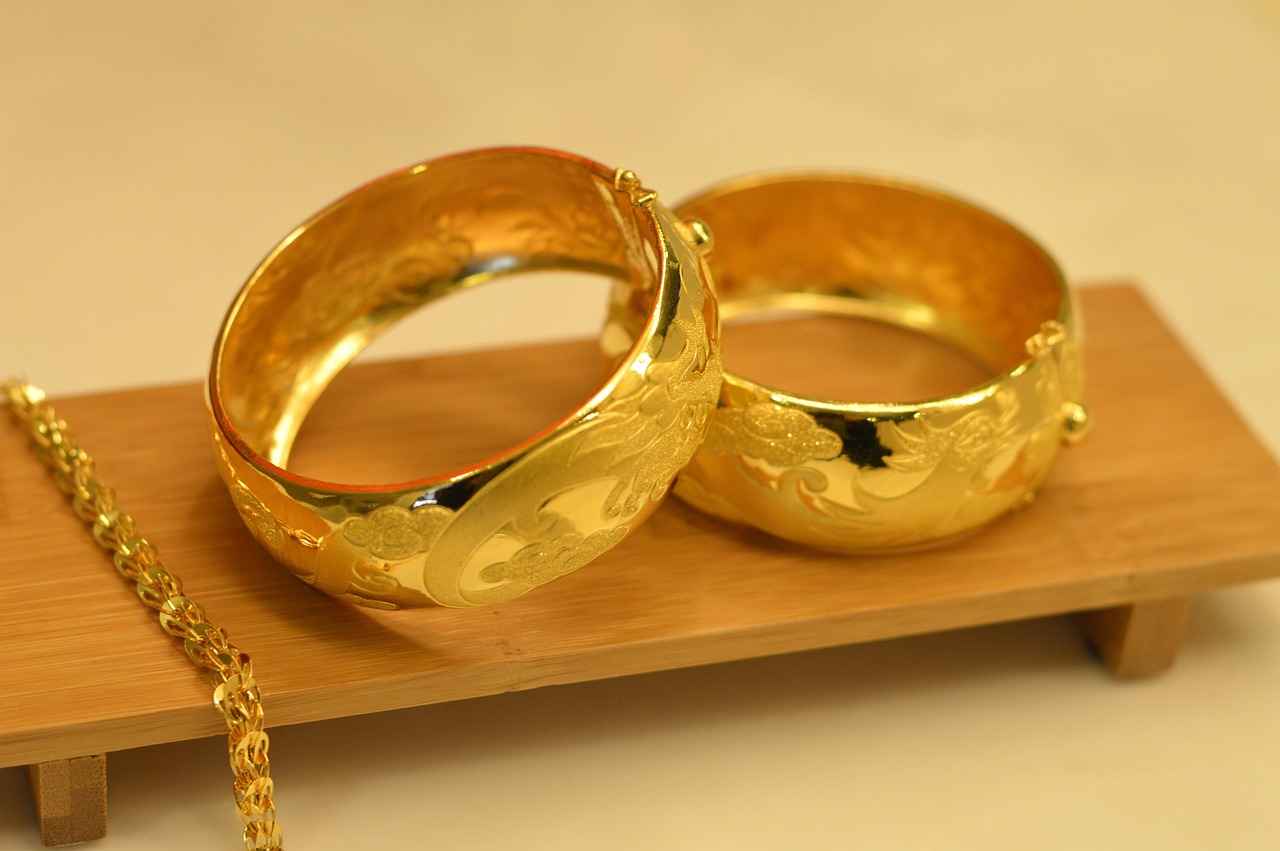
Which Metal Should You Choose for the Band?
When it comes to choosing the perfect engagement ring, one of the most critical decisions you’ll face is selecting the right metal for the band. The metal of the ring band not only influences the overall appearance of the ring but also plays a significant role in its durability and maintenance. Below, we delve into some of the most popular metal options, including platinum, white gold, and yellow gold, discussing their unique characteristics, advantages, and disadvantages to help you make an informed choice.
Platinum is a dense, malleable metal known for its stunning white sheen and exceptional durability. It is hypoallergenic, making it an excellent choice for those with sensitive skin. Here are some pros and cons:
- Pros:
- Highly durable and resistant to tarnish.
- Hypoallergenic properties.
- Luxurious appearance that complements diamonds beautifully.
- Cons:
- More expensive than other metals.
- Heavier than gold, which may not be comfortable for everyone.
White gold is an alloy made from yellow gold mixed with other metals like palladium or nickel, giving it a silvery appearance. It is often plated with rhodium to enhance its shine and durability. Consider the following:
- Pros:
- More affordable than platinum.
- Offers a similar look to platinum.
- Durable and resistant to scratching.
- Cons:
- Rhodium plating can wear off over time, requiring re-plating.
- May cause allergic reactions in some individuals due to nickel content.
Yellow gold is a classic choice that has remained popular for centuries. Its warm hue complements various gemstones and styles, making it a versatile option. Here are its pros and cons:
- Pros:
- Timeless and traditional appeal.
- Less likely to cause allergic reactions compared to white gold.
- Easy to repair and maintain.
- Cons:
- Can scratch more easily than platinum or white gold.
- May not be as durable for everyday wear.
While platinum, white gold, and yellow gold are the most popular choices, there are other metals worth considering:
- Rose Gold: Known for its romantic pink hue, rose gold is a blend of yellow gold and copper. It offers a unique and trendy appearance.
- Titanium: Extremely strong and lightweight, titanium is an excellent alternative for those seeking a modern look with high durability.
- Silver: Although not as durable as gold or platinum, silver is an affordable option for those on a budget, but it requires more maintenance to prevent tarnishing.
Ultimately, the choice of metal for your engagement ring band should reflect your partner’s style, lifestyle, and preferences. By considering the characteristics of each metal, you can select a band that not only looks beautiful but also stands the test of time.

What to Know About Diamond Quality?
When it comes to selecting the perfect diamond for an engagement ring, understanding diamond quality is essential. The Four Cs—cut, color, clarity, and carat weight—serve as the foundation for evaluating a diamond’s overall quality and value. This section will delve into each of these critical factors, providing you with the knowledge needed to make an informed decision.
The cut of a diamond is perhaps the most significant factor affecting its brilliance and sparkle. A well-cut diamond reflects light beautifully, creating that sought-after shimmer. Diamonds are graded on a scale ranging from Excellent to Poor, with the best cuts maximizing the stone’s light performance. The shape of the diamond, such as round, princess, or emerald, also plays a role in its overall appeal. Choosing a diamond with a high cut grade ensures that it will dazzle and capture attention.
When we talk about color, we are referring to the presence of any hue in a diamond. The Gemological Institute of America (GIA) grades diamond color on a scale from D (colorless) to Z (light yellow or brown). Colorless diamonds are the most sought after and command higher prices. However, many buyers find that diamonds in the G to I range offer a beautiful appearance while being more budget-friendly. Understanding the color scale can help you choose a diamond that balances beauty and cost.
Clarity refers to the presence of internal or external imperfections, known as inclusions and blemishes, respectively. Diamonds are graded from Flawless (no inclusions visible under 10x magnification) to Included (inclusions visible to the naked eye). While flawless diamonds are rare and expensive, many diamonds with slight inclusions can appear just as beautiful to the naked eye. It’s essential to consider clarity in conjunction with cut and color, as it contributes to the overall appearance of the diamond.
Carat weight measures the size of the diamond, with one carat equivalent to 0.2 grams. Larger diamonds are generally more valuable, but the price does not increase linearly with carat weight. For instance, a 1.5-carat diamond may cost significantly more than a 1-carat diamond due to its rarity. When selecting a diamond, consider how carat weight fits into your overall budget and desired ring size.
Choosing the right combination of the Four Cs is crucial for finding a diamond that meets your aesthetic preferences and budget. Start by determining which factors are most important to you. For instance, if you prioritize brilliance, focus on cut quality. If size is your main concern, you might be willing to compromise slightly on color or clarity. Ultimately, understanding how these elements interact will help you select a diamond that is both beautiful and meaningful.
By familiarizing yourself with the Four Cs, you can approach your diamond purchase with confidence. This knowledge empowers you to make an informed decision, ensuring that the diamond you choose is a perfect symbol of your love.
What is Diamond Cut Quality?
The quality of a diamond’s cut is one of the most critical factors influencing its overall beauty and value. While many people often focus on the diamond’s carat weight or color, the cut significantly affects how light interacts with the stone, resulting in its brilliance and sparkle. Understanding the various cut grades can help you make an informed decision when selecting the perfect diamond for an engagement ring.
Diamond cut grades are typically categorized into five main classifications: Excellent, Very Good, Good, Fair, and Poor. Each grade reflects the quality of the cut and its impact on the diamond’s appearance:
- Excellent: Diamonds with an excellent cut reflect light beautifully, showcasing maximum brilliance and fire.
- Very Good: These diamonds also exhibit great sparkle but may have slight imperfections in their proportions.
- Good: While still attractive, good cut diamonds may lack some brilliance compared to higher grades.
- Fair: Fair cut diamonds show noticeable light leakage, reducing their overall sparkle.
- Poor: These diamonds are often poorly cut, resulting in a dull appearance and minimal brilliance.
The cut of a diamond determines how well it reflects and refracts light. A well-cut diamond will reflect light from its facets, creating a dazzling display of brilliance and fire. Conversely, a poorly cut diamond can lead to light escaping through the bottom or sides, resulting in a lackluster appearance. The ideal cut is designed to maximize light return, enhancing the diamond’s visual appeal.
Several diamond shapes are popular among buyers, each offering a unique aesthetic:
- Round Brilliant: The most popular cut, known for its exceptional sparkle and versatility.
- Princess Cut: A contemporary favorite, known for its geometric shape and stunning brilliance.
- Emerald Cut: Recognized for its step-cut facets and elegant appearance, often showcasing clarity.
- Oval Cut: Offers a unique twist on the classic round shape, providing a larger appearance due to its elongated design.
- Asscher Cut: A vintage-inspired cut, similar to the emerald cut but square in shape, known for its unique charm.
Several factors contribute to the quality of a diamond’s cut:
- Proportions: The diamond’s dimensions, including depth and table size, affect light performance.
- Symmetry: Well-aligned facets enhance light reflection, contributing to overall beauty.
- Polish: A smooth surface allows light to pass through without obstruction, maximizing brilliance.
When choosing a diamond, it is essential to consider these factors to ensure you select a stone that meets your aesthetic preferences and budget. Consulting with a reputable jeweler can provide valuable insights into the best options for your needs.
In summary, the cut quality of a diamond plays a pivotal role in determining its brilliance and overall appeal. By understanding the different cut grades and their implications, you can make a more informed choice when selecting the perfect diamond for your engagement ring.
How Does Color Affect Diamond Value?
When it comes to purchasing a diamond, understanding how color affects its value is essential. Diamonds are graded on a color scale that ranges from D (colorless) to Z (light yellow or brown). The more colorless a diamond is, the more valuable it tends to be. In this section, we will explore the intricacies of the color grading system and how to make an informed decision that balances both beauty and budget.
The GIA (Gemological Institute of America) color grading scale is the most widely accepted standard in the industry. Here’s a brief overview of the color scale:
| Grade | Description | Value Range |
|---|---|---|
| D | Colorless | Highest value |
| E | Colorless | Very high value |
| F | Colorless | High value |
| G | Near colorless | Good value |
| H | Near colorless | Moderate value |
| I | Near colorless | Lower value |
| J | Light yellow | Lower value |
| K-Z | Increasingly yellow/brown | Lowest value |
When selecting a diamond, it’s important to consider how the color will appear in different lighting conditions. A diamond graded G or H may still appear colorless to the naked eye, especially when set in yellow or rose gold. This can allow you to maximize your budget while still achieving a stunning look. Here are some tips for choosing the right color grade:
- Consider the setting: The metal of the ring can influence how the diamond’s color is perceived.
- Personal preference: Some people prefer the warmth of slightly colored diamonds, while others desire a completely colorless stone.
- Budget considerations: Opting for a diamond in the G-H range can provide significant savings without sacrificing beauty.
The color of a diamond can significantly affect its market price. As diamonds become less colorless, their prices typically decrease. For example, a D grade diamond can be substantially more expensive than a J grade diamond. Understanding this pricing structure can help you make a more informed purchase.
In summary, color grading plays a pivotal role in determining a diamond’s overall value. By familiarizing yourself with the color scale and considering factors such as the ring setting and personal preferences, you can select a diamond that not only meets your aesthetic desires but also aligns with your budget. The right choice will ensure that your diamond remains a cherished symbol of love for years to come.

Are Ethical Considerations Important When Buying a Ring?
As the world becomes increasingly aware of social and environmental issues, ethical considerations in purchasing have gained significant importance, especially in the jewelry industry. When it comes to buying an engagement ring, many buyers are not only focused on aesthetics and price but also on the ethical implications of their choices. This section will delve into the significance of selecting conflict-free diamonds and alternative gemstones, highlighting the importance of responsible buying practices.
Conflict-free diamonds are stones that have been sourced from areas free of civil war and human rights abuses. The diamond industry has faced scrutiny over the years due to the association of some diamonds with funding conflicts and violence, particularly in regions like Africa. By choosing conflict-free diamonds, buyers can ensure that their purchase does not contribute to such issues. Organizations like the Kimberley Process Certification Scheme have been established to help track the origins of diamonds and ensure they are ethically sourced.
Alternative gemstones are becoming popular for those who wish to make a statement while being mindful of their environmental footprint. Stones such as moissanite, lab-created diamonds, and various colored gemstones like sapphires and emeralds offer beautiful options that are often more sustainable than traditional diamonds. These alternatives not only reduce the demand for mined gemstones but also provide unique aesthetics that can be customized to suit personal styles.
- Research the Source: Always inquire about the origin of the diamond or gemstone. Reputable jewelers will provide information on sourcing and ethical practices.
- Seek Certifications: Look for certifications from recognized organizations that validate the ethical sourcing of the gemstones.
- Support Ethical Jewelers: Choose to buy from jewelers who prioritize ethical practices and transparency in their supply chains.
- Consider Vintage or Second-Hand Rings: Purchasing a pre-owned ring can be an eco-friendly option that also adds a unique history to the piece.
Investing in ethical jewelry not only supports fair labor practices and environmental sustainability but also promotes a positive message. Buyers can feel good about their purchase, knowing they are contributing to a better world. Furthermore, ethical jewelry often features unique designs and craftsmanship that stand out from mass-produced items, allowing for a more personalized touch.
In conclusion, as buyers become more conscious of the impact of their purchases, the demand for ethical options in the jewelry market continues to grow. By considering conflict-free diamonds and alternative gemstones, individuals can make informed decisions that align with their values. Emphasizing responsible buying practices not only enhances the significance of the engagement ring but also contributes to a more ethical and sustainable future in the jewelry industry.

How to Personalize an Engagement Ring?
When it comes to choosing an engagement ring, personalization is key to creating a piece that tells a unique story. An engagement ring is not just a beautiful piece of jewelry; it symbolizes love, commitment, and individuality. By adding personal touches, you can make the ring truly special for your partner. Below are some ideas and options to consider when personalizing an engagement ring.
Engraving is one of the simplest yet most impactful ways to personalize an engagement ring. You can choose to engrave initials, a significant date, or a short message that holds meaning for both of you. Some popular engraving ideas include:
- Initials of you and your partner
- Anniversary dates that mark your journey together
- Quotes from your favorite songs or poems
This small addition can make a big difference, transforming a standard ring into a cherished keepsake.
If you want something truly unique, consider opting for a custom-designed ring. Collaborating with a jeweler allows you to create a ring that perfectly reflects your partner’s style and preferences. Here are some ideas to inspire your custom design:
- Unique settings that showcase the stone in a distinctive way
- Personalized motifs or symbols that represent your relationship
- Mixing metals to create a unique color palette
Custom designs not only ensure that the ring is unique but also allow you to incorporate elements that are meaningful to your relationship.
While diamonds are traditional, many couples are now opting for unique gemstones that reflect their partner’s personality. Consider these beautiful alternatives:
- Sapphires: Available in various colors, sapphires are durable and symbolize loyalty.
- Emeralds: Known for their rich green color, emeralds are associated with rebirth and love.
- Moissanite: A brilliant alternative to diamonds, moissanite is eco-friendly and budget-friendly.
Choosing a gemstone that resonates with your partner’s personality can add a personal touch and make the ring stand out.
Another meaningful way to personalize an engagement ring is by incorporating family heirlooms. Whether it’s a diamond from a grandmother’s ring or a band that has sentimental value, using these pieces can add emotional depth to your engagement ring. This approach not only honors family traditions but also creates a connection between generations.
Personalizing an engagement ring is a beautiful way to celebrate your love story. By considering engravings, custom designs, unique gemstones, and family heirlooms, you can create a ring that is not only stunning but also deeply meaningful. Remember, the most important aspect of the ring is the love it represents. Take the time to choose elements that reflect your partner’s personality and your shared journey, and you will have a ring that will be cherished for a lifetime.
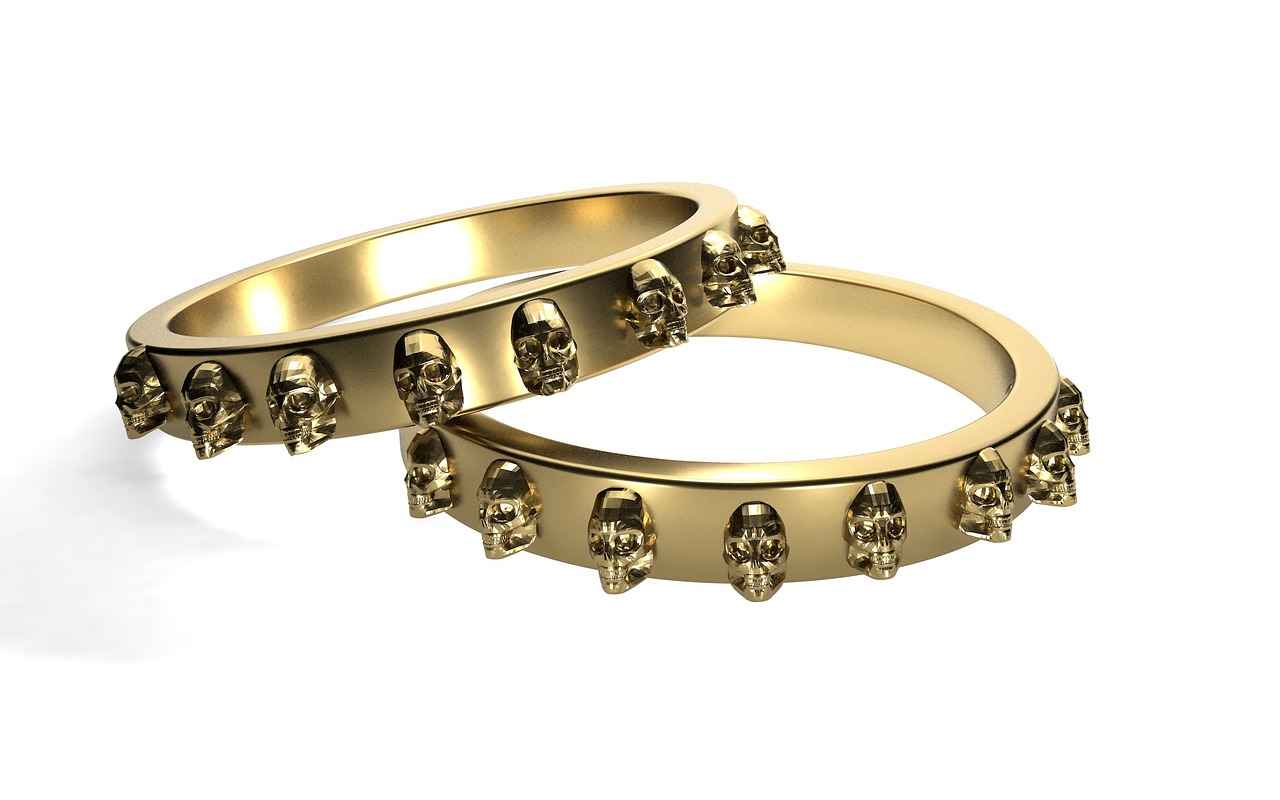
What to Do After Choosing the Perfect Ring?
After the exciting journey of selecting the perfect engagement ring, there are several crucial steps to take that will ensure the ring remains in pristine condition and that your proposal goes off without a hitch. This section will guide you through maintaining the ring and preparing for that unforgettable moment.
Once you have the ring, proper maintenance is essential to preserve its beauty and integrity. Here are some key tips:
- Regular Cleaning: Clean the ring regularly using a gentle solution of warm water and mild soap. Use a soft brush to remove any dirt or oils.
- Professional Inspections: Schedule professional cleanings and inspections at least once a year. This ensures that any loose stones are tightened and the setting is secure.
- Avoid Harsh Chemicals: Keep the ring away from harsh chemicals found in household cleaners, perfumes, and lotions, as they can damage the metal and stones.
With the ring ready, it’s time to focus on planning the perfect proposal. Consider the following steps:
- Choose the Right Location: Think about a location that holds special meaning for both of you. This could be where you had your first date, a favorite park, or a beautiful beach.
- Plan the Timing: Timing is key. Consider proposing during a significant moment, such as a holiday or anniversary, to add extra sentiment.
- Get Creative: Personalize the proposal to reflect your partner’s personality. Whether it’s a grand gesture or an intimate moment, make it unique.
If you’re feeling uncertain about how to proceed, here are some tips to help you:
- Consult Friends or Family: Seek advice from trusted friends or family members who know your partner well. They can provide insights into what your partner might appreciate.
- Practice Your Words: Think about what you want to say during the proposal. Practicing can help ease nerves and ensure you express your feelings clearly.
- Be Yourself: Remember that authenticity is key. Speak from your heart, and don’t feel pressured to follow a script.
In conclusion, maintaining the engagement ring and planning the proposal are vital steps that contribute to the overall experience of this significant milestone in your relationship. By taking the time to care for the ring and thoughtfully preparing for the proposal, you can create a memorable moment that you both will cherish for a lifetime.
Frequently Asked Questions
- What is the average budget for an engagement ring?
When it comes to budgeting for an engagement ring, it really depends on your financial situation. On average, many people spend about two to three months’ salary, but remember, it’s all about what feels right for you!
- How can I accurately find my partner’s ring size?
Finding the right ring size can be tricky! You can sneak a ring from their jewelry box, or use a piece of string to measure their finger when they’re asleep. Just make sure it’s not too tight or too loose!
- What are the most popular engagement ring styles right now?
Right now, the classics like solitaire and halo settings are making waves! If your partner loves a bit of sparkle, halo rings are stunning, while solitaires offer timeless elegance.
- Which metal is best for an engagement ring band?
Choosing the right metal can make or break the ring! Platinum is super durable, while white gold and yellow gold offer different aesthetics. Think about your partner’s style and lifestyle!
- What are the Four Cs of diamond quality?
The Four Cs—cut, color, clarity, and carat weight—are essential in understanding diamond quality. Each aspect plays a role in the diamond’s overall beauty and value, so it’s worth getting to know them!
- Are ethical diamonds worth considering?
Absolutely! Many buyers today prefer conflict-free diamonds or alternative gemstones. It’s a meaningful choice that reflects a commitment to responsible purchasing.
- How can I personalize an engagement ring?
Personalization is all about making the ring unique! Consider engraving a special date or message, or choosing a gemstone that holds personal significance for your partner.
- What should I do after choosing the perfect ring?
Once you’ve got the ring, it’s time to think about the proposal! Also, remember to keep the ring clean and safe until the big moment!

